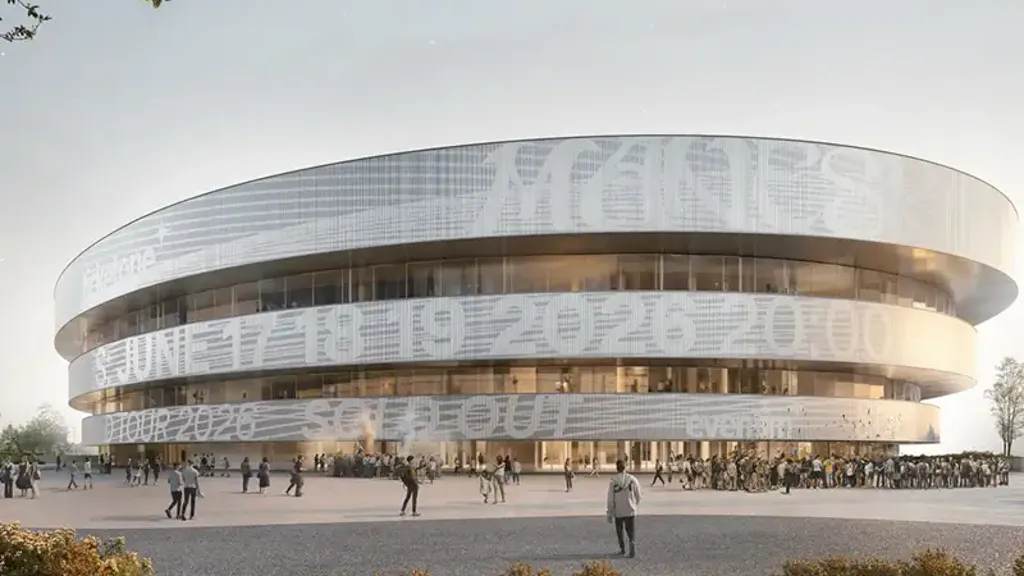As home to the Real Madrid football club, the world-famous Santiago Bernabéu stadium has undergone an extensive renovation. The aim was to create a modern, energy efficient design that will enhance fan experience, accessibility and comfort.
Since it first opened its doors in 1945, the Real Madrid stadium has hosted exciting major football tournaments, and now welcomes more daily visitors than the Prado Museum as one of the city’s main tourist attractions. Arup was appointed by Spanish building and infrastructure firm FCC to deliver architecture, façade engineering, acoustic and lighting design services to enhance the fan experience and future proof the facility to welcome an ever-growing audience.
Designing the new building envelope
Arup’s building envelope specialists developed a detailed design for the stadium’s 60,000 m2 façade. The team used BIM to develop a digital model of the building envelope, ensuring a perfect match between the complex shape of the various structural elements in a cost effective and time efficient manner. Our digital model helped the client produce the elements with the correct shape to create the stadium’s outer skin.
The new iconic metallic façade stands as a double-curved enclosure formed by approximately 7500 V-shaped stainless-steel slats, each with a unique geometry. This continuous enclosure wraps the stadium while maintaining the natural outdoor ventilation.
The spectator’s point of view
Enhancing user experience was a key driver for the Santiago Bernabéu redesign. Our specialists analysed the stadium’s interior to ensure that each seat within the stands provide optimal comfort. The interior refurbishment included the design of the interior finishes throughout, including seat optimisation, air conditioning service and the access to the stands.
We used 3D models to define the updated seat positioning, ensuring unobstructed views of the pitch, and to measure wind, temperature and the sun path over the stadium as three key elements to providing better indoor comfort for visitors. Seat arrangement and the location of stairs were redesigned to improve accessibility and safety, and to optimise the user experience.
The revamped Santiago Bernabéu stadium not only aims to offer a memorable experience to fans and spectators, but also to act as a meeting point and leisure space for local and international visitors.
The façade of the famed stadium is designed to project images through a LED lighting system. To minimise reflection and prevent glare affecting nearby buildings, our lighting specialists carried out a sunlight reflection study and adapted the tilt of the slats to change the angle of reflection.
The outer skin also features a retractable roof which will enhance spectators’ thermal comfort during cold, wet weather. To help the client manage the wind comfort for fans in the stadium, Arup’s specialists developed CFD modelling and wind simulations to analyse the wind loads on the façade and other integral parts of the stadium.









